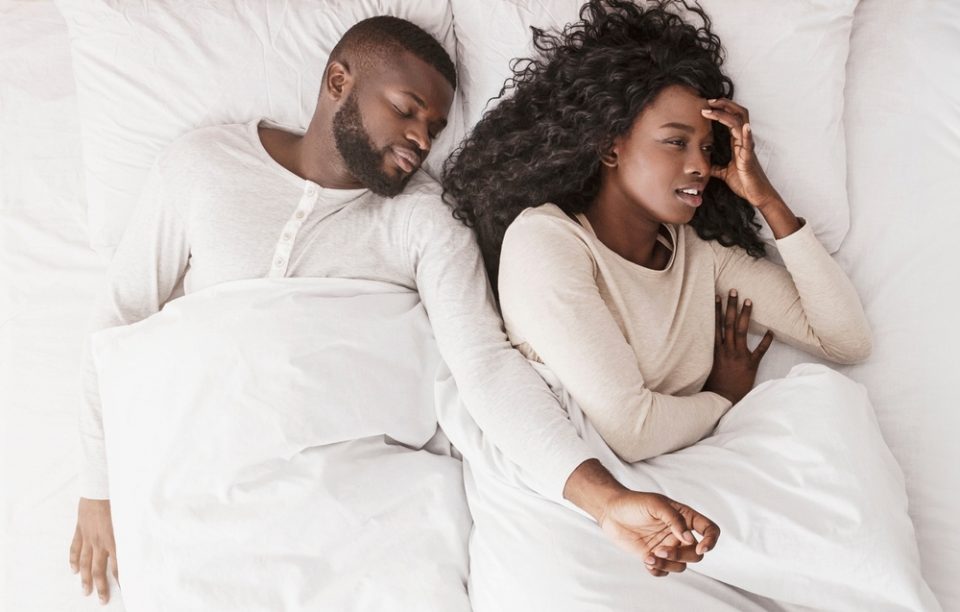
That stiffness greeting you each morning might not be just about aging or your mattress. Recent research reveals that everyday sleep habits play a crucial role in back health, with 60% of adults experiencing pain that could be improved through better sleep practices.
How sleep and back pain create a vicious cycle
Sleep medicine specialist Dr. Sarah Chen explains that poor sleep intensifies pain sensitivity, while back discomfort disrupts sleep quality. “We’re seeing patients caught in a frustrating loop – their back pain keeps them awake, and lack of quality sleep makes the pain worse the next day.”
Common sleep positions affecting your back
Back sleeping remains the gold standard for spinal health, but only when done correctly. “Think of your spine like a string of pearls,” says physical therapist Michael Torres. “It should maintain its natural curves while being supported evenly.”
Side sleeping, while popular, needs proper alignment. Without the right support between your knees and under your head, this position can twist your spine and strain muscles throughout the night.
Stomach sleeping creates the most stress on your back. “It’s like asking your neck to turn 90 degrees for hours while your lower back sags into the mattress,” Torres explains. “If you must sleep this way, use a thin pillow under your hips.”
Your mattress matters more than you think
A too-soft mattress doesn’t just feel unsupportive – it actively contributes to back problems. “Medium-firm mattresses typically provide the best balance of comfort and support,” says Dr. Chen. “Your body should sink just enough to maintain spinal alignment without creating pressure points.”
Signs your mattress might be hurting your back: Morning stiffness that improves after moving around Feeling like you’re sleeping in a hammock Waking up more frequently during the night Difficulty finding a comfortable position Visible sagging or dips in the mattress surface
Creating the perfect sleep setup
Start with positioning basics: Place a small pillow under your knees when back sleeping Use a medium-thickness pillow between knees for side sleeping Ensure your head pillow keeps your neck aligned with your spine Consider a small lumbar roll for lower back support
Add comfort layers thoughtfully: Memory foam toppers can help distribute pressure Cooling materials prevent overheating that causes restlessness Adjustable bases allow for personalized positioning
When back pain demands attention
While many cases of back pain improve with better sleep habits, certain symptoms require medical evaluation:
Numbness or tingling in your legs Pain that worsens despite position changes Loss of bladder or bowel control Unexplained weight loss alongside pain Fever accompanying back pain
Building better sleep habits
Establish a routine that supports back health: Set consistent sleep and wake times Create a relaxing bedtime ritual Keep your bedroom cool and dark Avoid screen time before bed Practice gentle stretching before sleep
The role of daytime habits
What you do during the day affects nighttime back pain:
Practice good posture at your desk Take regular movement breaks Strengthen core muscles through gentle exercise Stay hydrated throughout the day Manage stress through relaxation techniques
Looking ahead
Improving sleep habits takes time, but the benefits extend beyond back pain relief. Quality sleep enhances overall health, mood, and daily function. Start with small changes and build consistently for lasting results















